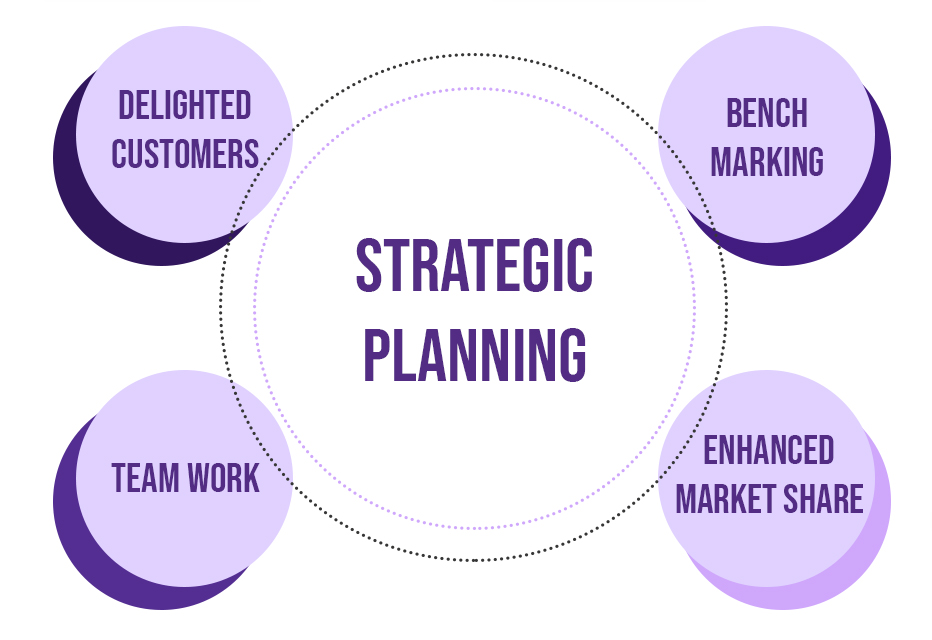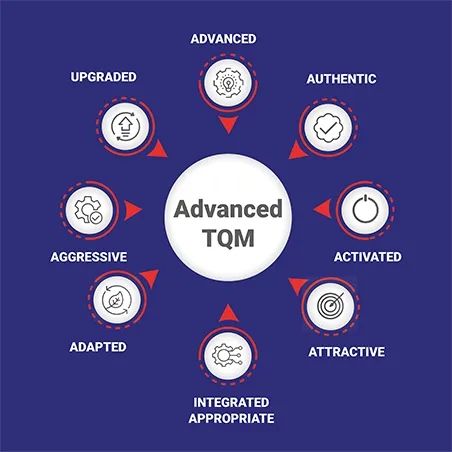
Introduction
Most organizations focusing on Quality Management Standards (ISO 9000) and / or Total Quality Management have declared Customer Satisfaction or Customer Focus as the centerpiece of the Quality Policy. However, most of the organizations do not yet have an objective method of measuring and monitoring customer satisfaction. More often it is, customer complaints as the only index of customer satisfaction. In fact, customer complaint is a reactive approach which measures customer dissatisfaction, as the error has already occurred. In a highly competitive market in the USA, some of the well known organizations like AT & T, General Electric, Westinghouse and many others discovered to their surprise that even over 90% level of customer satisfaction is no surety of retaining the customer and the market share. Through years of research and cooperative effort they developed a proactive method of evaluating and managing Customer Value. This process helps the organization to be driven by market perceived value of its total offerings consisting of benefits, functions and performance in relation to the price, the cost and the profit.

Purpose
- Customer Value Management
- Delighted Customers.
- Benchmarking against the Competitors.
- Identifying the right things.
- Team work by committed Employees.
- Enhance Market Share.
- Gaining Competitive Edge.
- Enables Competitive Strategic Planning.
Objectives
- To measure, monitor and enhance customer satisfaction in comparison to the competitors.
- To enhance price realization by providing differentiation in total offerings at a reasonable cost.
- To develop a strategy for enhanced market share and sales realization.
- For the total offerings in a particular product and market segment through proactive process.
Process
PHASE 1
Customer Satisfaction Index
- Develop value structure consisting of the prioritized needs of the customer, its prioritization and the organization’s performance as compared to the selected competitors.
- For the total value offered, identify
- What is the total price perceived to be paid by the customer in comparison with the competition?
- What is the total cost to the company in comparison with the competition?
- Identify and priorities improvement opportunities
- Select improvement projects, assign teams and prepare an overall plan for implementation.
Deliverables
A detailed report presenting the data, its analysis and recommendations includes:- Value Structure
- Prioritized improvement opportunities.
- Value to Price Map.
- Value to Cost Map.
- Specific projects and teams assigned.
- An overall strategy for competitive edge and implementation plan.
Time
PHASE 2
- Validate the value structure through interaction with a cross section of the customers either directly or through an indirect survey. This depends upon the product and market segment.
- Update and modify the value structure, strategy and improvement plan.
Deliverables
- Highlights blind spots, the paradigms and deficiencies in the company's perception of the market. This can help in changing perceptions of other product and market segments.
- Accurate value structure from customer’s viewpoint.
- Clarity in understanding of customers’ needs.
- Index of customer satisfaction.
Time
PHASE 3
The Competitive Edge
- Project teams to prepare detailed project plan, establish measures of evaluation, implement and monitor.
- Modify and standardize various process is impacted by the improvement projects.
- Modify the marketing, sales and after sales processes to cover the "Customer Value Management" needs.
Deliverables
- Customer Value enhanced.
- Planned improvement in price realization achieved. Competitive advantage gained.
- Increase in market share and sales contributions.

